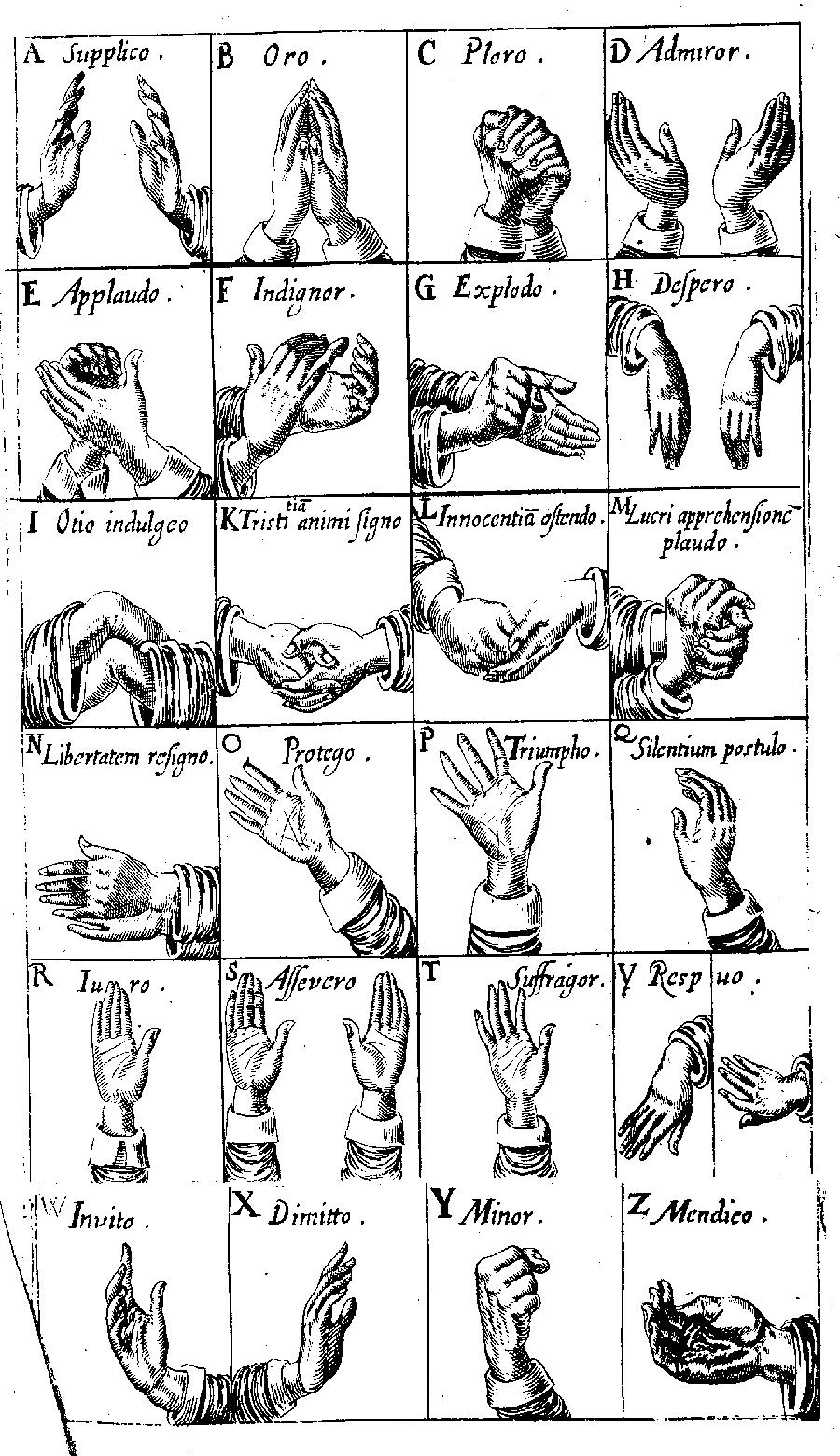|
Chiriqui Sign Language
Chiriqui Sign Language (Spanish: ''Lengua de Señas de Chiriquí'', LSCH) is the principal deaf sign language of the province of Chiriquí in Panama. It's not clear if it's related to Panamanian Sign Language, which is not mutually intelligible with it;Parks, Williams & Parks (2014Perfil Sociolingüístico de los Sordos de Panamá if so, it would also be related to American Sign Language American Sign Language (ASL) is a natural language that serves as the predominant sign language of Deaf communities in the United States of America and most of Anglophone Canadians, Anglophone Canada. ASL is a complete and organized visual lang .... References Sign languages Sign languages of Panama {{sign-lang-stub ... [...More Info...] [...Related Items...] OR: [Wikipedia] [Google] [Baidu] |
Chiriquí Province
Chiriquí () is a province of Panama located on the western coast; it is the second most developed province in the country, after the Panamá Province. Its capital is the city of David. It has a total area of 6,490.9 km², with a population of 462,056 as of the year 2019. The province of Chiriquí is bordered to the north by the province of Bocas del Toro, to the west by Costa Rica, to the east by the province of Veraguas, and to the south by the Pacific Ocean, specifically the Gulf of Chiriquí. History Until the arrival of the Spanish ''conquistadores'', Chiriquí was populated by a number of indigenous tribes, known collectively as the Guaymí people. The first European to visit and describe Chiriquí was Gaspar de Espinosa, in 1519. The province was officially established on May 26, 1849, when Panama was still part of Colombia. Several years later, President Abraham Lincoln of the United States proposed Chiriquí as a favored location for Linconia, a colony for free ... [...More Info...] [...Related Items...] OR: [Wikipedia] [Google] [Baidu] |
Panamanian Sign Language
American Sign Language (ASL) developed in the United States and Canada, but has spread around the world. Local varieties have developed in many countries, but there is little research on which should be considered dialects of ASL (such as Bolivian Sign Language) and which have diverged to the point of being distinct languages (such as Malaysian Sign Language). The following are sign language varieties of ASL in countries other than the US and Canada, languages based on ASL with substratum influence from local sign languages, and mixed languages in which ASL is a component. Distinction follow political boundaries, which may not correspond to linguistic boundaries. Bolivian Sign Language Bolivian Sign Language (Lengua de Señas Bolivianas, LSB) is a dialect of American Sign Language (ASL) used predominantly by the Deaf in Bolivia. History In 1973, American Sign Language was brought to Bolivia by Eleanor and Lloyd Powlison, missionaries from the United States. An indigenous sign l ... [...More Info...] [...Related Items...] OR: [Wikipedia] [Google] [Baidu] |
Deaf Sign Language
Sign languages (also known as signed languages) are languages that use the visual-manual modality to convey meaning, instead of spoken words. Sign languages are expressed through manual articulation in combination with non-manual markers. Sign languages are full-fledged natural languages with their own grammar and lexicon. Sign languages are not universal and are usually not mutually intelligible, although there are also similarities among different sign languages. Linguists consider both spoken and signed communication to be types of natural language, meaning that both emerged through an abstract, protracted aging process and evolved over time without meticulous planning. Sign language should not be confused with body language, a type of nonverbal communication. Wherever communities of deaf people exist, sign languages have developed as useful means of communication and form the core of local Deaf cultures. Although signing is used primarily by the deaf and hard of hearing, it ... [...More Info...] [...Related Items...] OR: [Wikipedia] [Google] [Baidu] |
American Sign Language
American Sign Language (ASL) is a natural language that serves as the predominant sign language of Deaf communities in the United States of America and most of Anglophone Canadians, Anglophone Canada. ASL is a complete and organized visual language that is expressed by employing both manual and nonmanual features. Besides North America, dialects of ASL and ASL-based creole language, creoles are used in many countries around the world, including much of West Africa and parts of Southeast Asia. ASL is also widely learned as a second language, serving as a lingua franca. ASL is most closely related to French Sign Language (LSF). It has been proposed that ASL is a creole language of LSF, although ASL shows features atypical of creole languages, such as agglutination, agglutinative morphology. ASL originated in the early 19th century in the American School for the Deaf (ASD) in West Hartford, Connecticut, from a situation of language contact. Since then, ASL use has been propagated w ... [...More Info...] [...Related Items...] OR: [Wikipedia] [Google] [Baidu] |
Sign Languages
Sign languages (also known as signed languages) are languages that use the visual-manual modality to convey meaning, instead of spoken words. Sign languages are expressed through manual articulation in combination with non-manual markers. Sign languages are full-fledged natural languages with their own grammar and lexicon. Sign languages are not universal and are usually not mutually intelligible, although there are also similarities among different sign languages. Linguists consider both spoken and signed communication to be types of natural language, meaning that both emerged through an abstract, protracted aging process and evolved over time without meticulous planning. Sign language should not be confused with body language, a type of nonverbal communication. Wherever communities of deaf people exist, sign languages have developed as useful means of communication and form the core of local Deaf cultures. Although signing is used primarily by the deaf and hard of hearing, ... [...More Info...] [...Related Items...] OR: [Wikipedia] [Google] [Baidu] |
.png)

